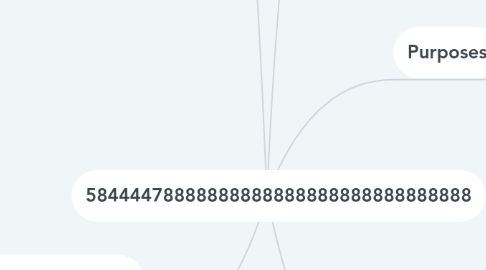
1. Introduction Incoterms 2010
1.1. 11 rudes
1.1.1. 1) EXW – Ex Works 2) FCA – Free Carrier 3) FAS – Free Alongside Ship 4) FOB – Free On Board 5) CFR – Cost and Freight 6) CIF – Cost, Insurance & Freight 7) CPT – Carriage Paid To 8) CIP – Carriage & Insurance Paid To 9) DAT – Delivered At Terminal 10) DAP – Delivered At Place 11) DDP – Delivered Duty Paid
1.2. 7 Rules for any mode of transport
1.2.1. 1. EXW : Ex Works 2. FCA : Free Carrier 7. CPT : Carriage Paid To 8. CIP : Carriage and Insurance Paid To 9. DAT : Delivered At Terminal 10. DAP: Delivered At Place 11. DDP: Delivered Duty Paid
1.3. 4 Rules for sea and inland waterway transport
1.3.1. 3) FAS – Free Alongside Ship 4) FOB – Free On Board 5) CFR – Cost and Freight 6) CIF – Cost, Insurance & Freight
2. Structure & Rules of Incoterms 2010
2.1. 4 Group
2.1.1. E
2.1.1.1. EXW
2.1.1.1.1. Seller
2.1.1.1.2. Buyer
2.1.2. F
2.1.2.1. FCA
2.1.2.2. FAS
2.1.2.3. FOB
2.1.3. C
2.1.3.1. CFR
2.1.3.2. CIF
2.1.3.3. CPT
2.1.3.4. CIP
2.1.4. D
2.1.4.1. DAT
2.1.4.2. DAP
2.1.4.3. DDP
3. History
3.1. Meaning
3.1.1. International Commercial Terms
3.2. Created by
3.2.1. the International Chamber of Commerce (ICC) in 1936
3.3. 7 revisions
3.3.1. 1953; 1967; 1976; 1980; 1990; 2000; 2010
3.3.2. Incoterms 2010 entered into force on 01/01/2011
4. Purposes
4.1. Establish international rules for the interpretation of trade terms in international trade contracts
4.2. To avoid misunderstandings as a result of different commercial practices
4.3. INCOTERMS in no way cover all obligations which the parties to a sales contract
4.4. INCOTERMS do not apply to contracts of carriage.
5. Main features
5.1. The Incoterms deal
5.1.1. Carriage (transport obligations):
5.1.2. Risk (passing of risks):
5.1.3. Cost (cost division):
5.2. The Incoterms not deal
5.2.1. Questions of ownership
5.2.2. Breach of contract and the legal consequences
5.2.3. Declarations of indemnity
5.2.4. Delivery options
5.2.5. Notice of defects

